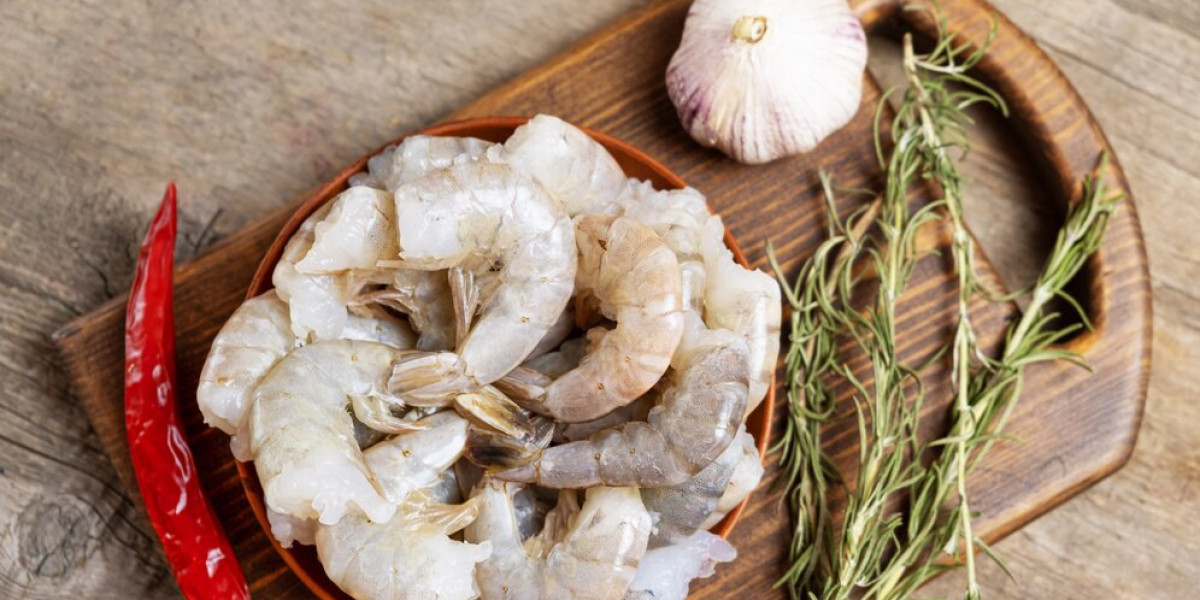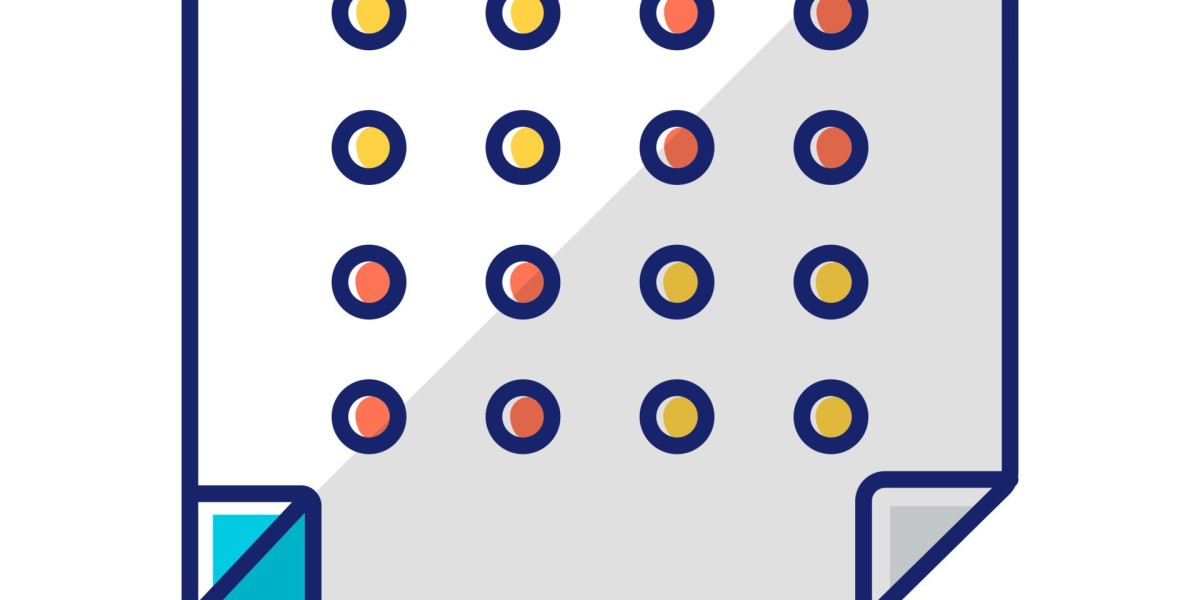The shrimp seed market is essential to the global aquaculture industry, providing the foundation for shrimp farming operations. However, the market faces a variety of threats that pose risks to its stability and growth. These threats include disease outbreaks, environmental changes, high production costs, and regulatory challenges. Understanding these threats is crucial for industry stakeholders to devise strategies for mitigating risks and ensuring a steady supply of healthy shrimp seed for the growing global shrimp farming industry.
Disease Outbreaks and Biosecurity Risks One of the most pressing threats to the shrimp seed market is disease outbreaks. Diseases like White Spot Syndrome (WSS) and Early Mortality Syndrome (EMS) have devastated shrimp farming operations in the past, resulting in mass die-offs of farmed shrimp. These diseases often spread from infected broodstock to their offspring, which can severely compromise shrimp seed production. In hatcheries, the lack of effective biosecurity measures exacerbates the risk, allowing pathogens to thrive. Given that diseases are a major cause of financial losses in shrimp farming, controlling outbreaks remains a significant challenge. Without advanced disease control measures and pathogen-free broodstock, the shrimp seed market remains vulnerable to potential outbreaks.
Environmental Challenges and Climate Change Environmental factors such as water quality, temperature, and salinity are crucial for shrimp farming, and any fluctuation in these conditions can directly affect shrimp seed survival rates. Climate change poses a growing threat, altering water temperatures, salinity, and oxygen levels in coastal areas where shrimp farming is prevalent. Rising temperatures and more extreme weather patterns can create unsuitable conditions for shrimp farming, resulting in lower productivity and higher mortality rates. Additionally, coastal ecosystems are under increasing pressure due to industrial activity and overexploitation, which may limit the availability of suitable areas for shrimp farming. These environmental challenges threaten both the sustainability and profitability of shrimp seed production.
High Production Costs and Economic Pressures The shrimp seed market faces high production costs, which represent a substantial threat to its growth. Shrimp seed production involves significant investments in breeding programs, hatcheries, water quality management, and biosecurity measures. Farmers also face increasing costs for feed, labor, and equipment. These high costs can result in higher prices for shrimp seed, making shrimp farming less economically viable, particularly for small- and medium-scale farmers. Economic pressures, such as fluctuating shrimp prices and market volatility, also add to the financial strain. If farmers struggle to afford quality seed, it could lead to inconsistent production and a lack of supply, further destabilizing the market.
Regulatory and Quality Control Issues Inconsistent regulations and quality control standards across different regions present another threat to the shrimp seed market. Some countries lack comprehensive regulations for shrimp seed production and quality assurance, leading to the proliferation of substandard or diseased seed. Inconsistent enforcement of standards can result in inferior shrimp seed reaching farmers, which can lead to low-quality shrimp, increased mortality rates, and even disease outbreaks. A lack of uniformity in regulatory frameworks also makes it difficult for farmers to trust suppliers and build long-term relationships with shrimp seed producers. This lack of standardization threatens the stability and reliability of the market.
Competition from Other Protein Sources As global demand for shrimp continues to rise, the shrimp seed market also faces competition from other protein sources like fish, chicken, and plant-based alternatives. In some regions, shrimp farming is competing with other forms of aquaculture or livestock farming, which may be more cost-effective or require less intensive production methods. As alternative proteins gain popularity due to environmental concerns and dietary preferences, the demand for shrimp may be affected, potentially reducing the demand for shrimp seed.
Conclusion The shrimp seed market faces several significant threats that could impede its growth and stability. Disease outbreaks, environmental challenges, high production costs, and regulatory inconsistencies are just a few of the obstacles that need to be addressed for the market to thrive. Industry stakeholders must focus on disease prevention, sustainability, and improving regulatory frameworks to safeguard the future of shrimp seed production and ensure the long-term success of shrimp farming worldwide.









